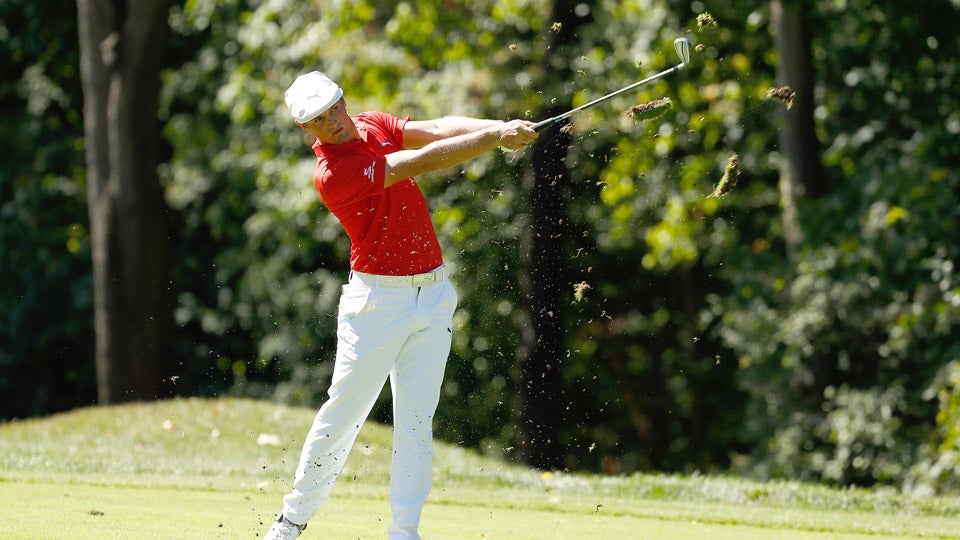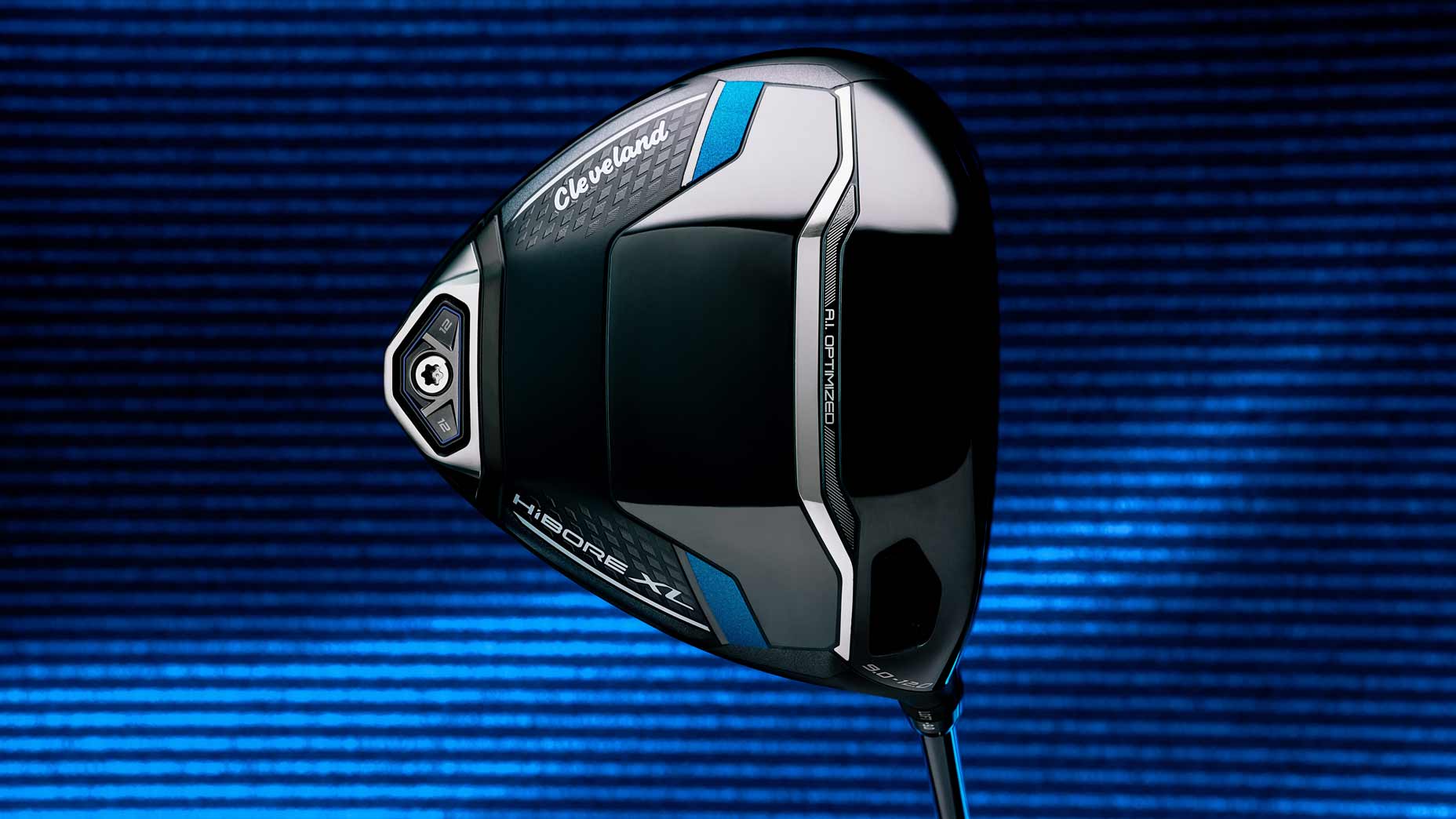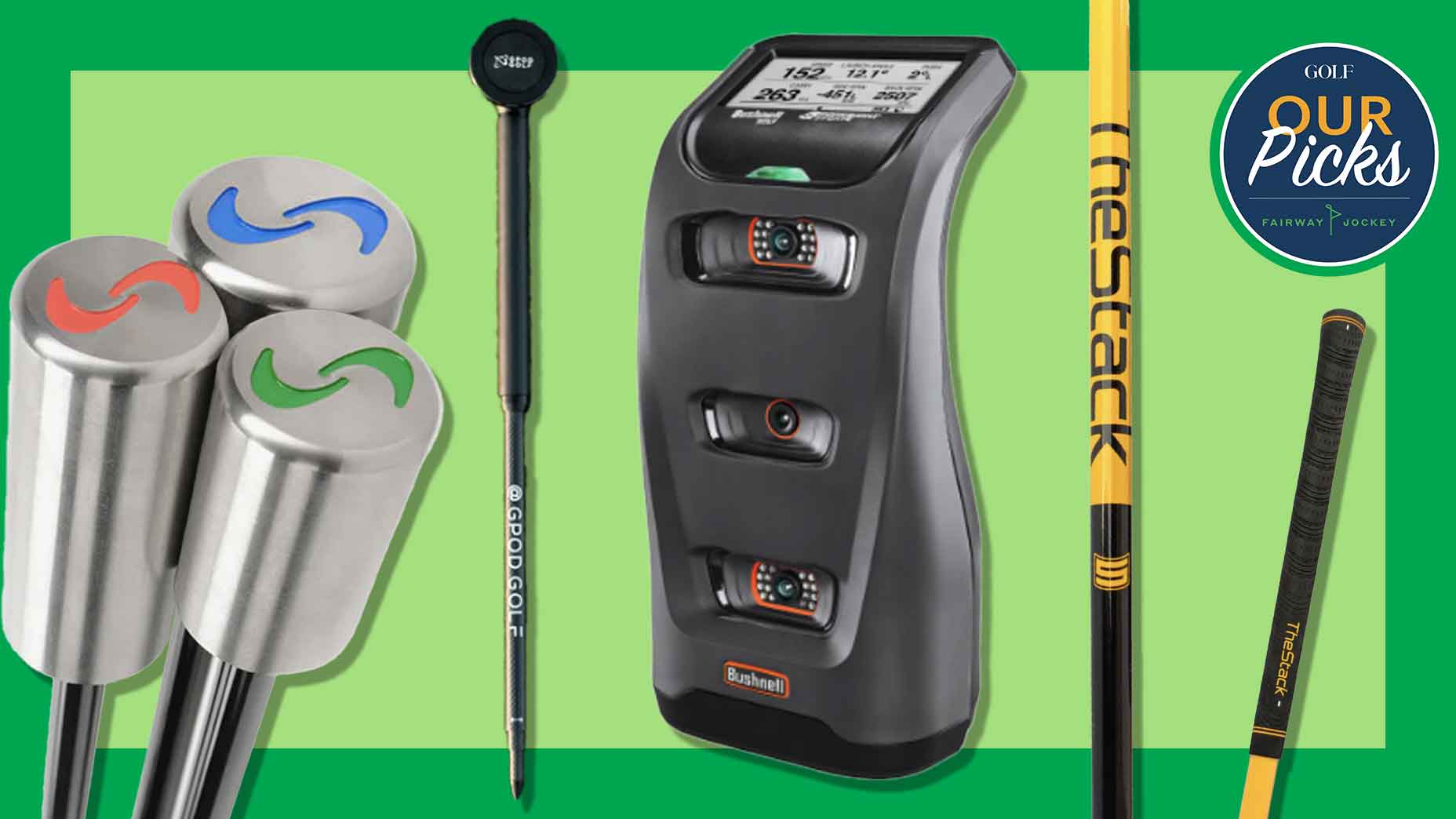Bryson DeChambeau thinks outside the (tee) box. The former U.S. Amateur champ is the only Tour pro who uses a single-plane swing while playing irons that are all one length (nearly identical to a 7-iron). Is DeChambeau merely an eccentric outlier, or is there something to single-length irons? The benefit of these irons, proponents say, is simplicity (you have the same posture, and hence the same swing, every time), which leads to more consistent contact.
This is hardly a new idea. In 1989, Tommy Armour Golf debuted a similar concept, EQL irons, but sales were poor, and the idea never took off. (Of course, the company didn’t have a high-profile poster boy on the PGA Tour.) And, earlier this year, the custom club fitting company, Tom Wishon Golf Technology, began offering Sterling irons.
Given the 23-year-old’s strong iron play, we assembled a small group of testers — players just like you — to see how single-length clubs measure up to a regular set. It turns out, DeChambeau may be on to something.
THE TEST
- We used two iron sets: a popular game-improvement iron (4-PW) with standard-length shafts; and the same model with single-length shafts built to 7-iron length. Hot Stix Golf measured the sets to confirm that comparable clubs have the same specs, such as swing weight, lie and loft. (8-PW lofts were identical; 4-7 irons were within a half-degree).
- Testers hit clubs on the range at Hot Stix’s headquarters in Fountain Hills, Ariz. The fitters used TrackMan launch monitors to measure swing and ball speed, launch and landing angle, max height, and carry distance.
- Our panelists played both sets in a variety of on-course situations at SunRidge Canyon Golf Club in Fountain Hills, Ariz.
Range Time: PROS AND CONS
How the sets fared on the practice tee: Manufacturers (and fitters) often say you want to have 10-yard gaps between irons. None of the panelists had the “appropriate” gapping with either test set. Consider checking your yardages on a launch monitor. The findings could make you re-think your set makeup.
- Each tester had more consistent gapping from iron to iron with the single-length set. In two cases, players hit the standard-length 4- and 5-irons the exact same yardage (which is why many people replace their long irons with hybrids).
- Players generated faster swing speeds with the standard-length 4- to 6-irons and single-length short irons (8-PW). This is not surprising, given the longer shafts in these clubs.
- For the most part, there was a negligible difference in average long-iron carry distance — two to three yards either way. Why? Probably because players struck the center of the face more often with the single-length set. (Two testers hit standard long irons a full 12 yards farther.)
- Single-length 4- and 5-irons launched shots lower. Clubmakers who mass-market single-length clubs will need to address this point.
- Carry distance was similar in short irons. Some testers were up to five yards longer with the single-length irons, while others hit standard irons farther.
On-course: PROS AND CONS
There’s no substitute for hitting sticks in on-course situations. Check out these scenarios — and outcomes.
- Tee shot on par-3: The 4- and 5-irons in the single-length set were much easier to hit consistently and accurately, with tighter dispersion on the greens.
- Tee shot on par-4: Same as above. High handicaps took a liking to single-length 4- and 5-irons and found them a comfortable fit. Initially, single-length long irons felt strange to the better players, but they adjusted and hit these irons better, too.
- Long-iron approach to elevated green: Ball flight with single-length 4- and 5-irons was much lower, which hurt stopping power on greens. Slower head speeds and shorter shafts (7-iron length) can make it more difficult to hit shots as high and far.
- 150-yard approach from the fairway with short irons: In both sets, the 8-PW performed similarly, although the single-length model felt a bit more powerful at impact.
- 140-yard approach from fairway bunker with short irons (8-PW): Testers tended to hit shots heavy with the single-length 9-iron and PW. But solid shots carried up to five yards farther with the single-length model.
- Chip shot: Though better players needed a little time to adjust to the single-length wedge, it positioned the hands more forward and produced more spin, so shots stopped quicker. Even so, the standard-length wedge had more consistent dispersion.
THE LONG & SHORT OF IT
There’s no clear “winner.” A strong case can be made for standard-length and single-length clubs. Which is right for you? It depends on your game. Some key takeaways.
- Standard-length short irons (8-PW) were easier to play in various situations (approach shots, chips, etc.) and had better dispersion than their counterparts.
- Testers were willing to concede a little performance with single-length short irons in exchange for extra help and ease of use in long irons.
- Single-length iron sets could be a good option for beginners and high handicappers. This group would only have to use one iron setup, which could accelerate learning. And they’d likely struggle less with longer-than-standard scoring clubs than with standard-length long irons.
- Low-handicaps and those who play competitively may be more resistant to single-length irons. Making the switch could require time to get used to new setups, swing sensations — essentially, re-learning how to play.







